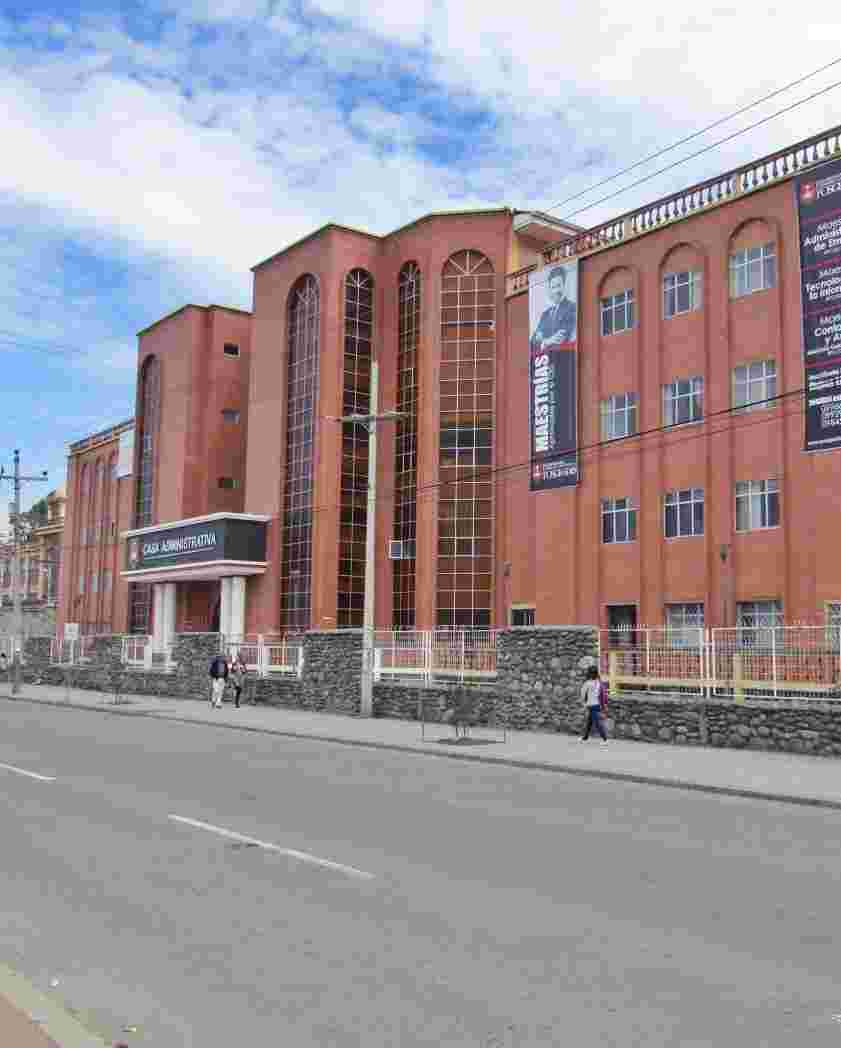Diseño de prototipo de centro de integración comunitaria para la Ciudad de Cuenca (Cero huella de carbono)
Cargando...
Fecha
Título de la revista
ISSN de la revista
Título del volumen
Editor
Universidad Católica de Cuenca.
Resumen
This study proposes the design of a zero-carbon footprint Community Integration Center in Cuenca by utilizing local materials and sustainable techniques to reduce the environmental impact of construction. A mixed methodology (qualitative and quantitative) is applied in three stages: theoretical and contextual research, site diagnosis and participatory analysis, and preliminary design development. In the first stage, the literature is reviewed to establish a technical-conceptual framework, analyzing materials and techniques with low environmental impact. In the second stage, the site’s climatic, physical, and social conditions are studied, passive design strategies are applied, and materials such as adobe and handcrafted brick are used. In the third stage, the preliminary design is developed, calculating the carbon footprint using Life Cycle Assessment (LCA) and energy simulations. The results show that the use of these materials considerably reduces the carbon footprint without affecting structural quality, demonstrating the feasibility of these strategies in urban and rural contexts. This work establishes precedents for future sustainable constructions in Cuenca.
Descripción
Este estudio propone el diseño de un Centro de Integración Comunitaria en Cuenca con huella de carbono cero, utilizando materiales locales y técnicas sostenibles para reducir el impacto ambiental en la construcción. Se aplica una metodología mixta (cualitativa y cuantitativa) en tres etapas: investigación teórica y contextual, diagnóstico del sitio y análisis participativo, y desarrollo del anteproyecto. En la primera etapa, se revisa la bibliografía para establecer un marco técnico-conceptual, analizando materiales y técnicas de bajo impacto ambiental. En la segunda etapa, se estudian las condiciones climáticas, físicas y sociales del sitio, aplicando estrategias pasivas de diseño y utilizando materiales como adobe y ladrillo artesanal. En la tercera etapa, se desarrolla el anteproyecto, calculando la huella de carbono mediante Análisis de Ciclo de Vida (ACV) y simulaciones energéticas. Los resultados muestran que el uso de estos materiales reduce considerablemente la huella de carbono sin afectar la calidad estructural, demostrando la viabilidad de las estrategias en contextos urbanos y rurales. Este trabajo establece precedentes para futuras construcciones sostenibles en Cuenca.
Palabras clave
ARQUITECTURA SOSTENIBLE, HUELLA DE CARBONO, MATERIALES LOCALES, CONSTRUCCIÓN SUSTENTABLE
Citación
Cuenca, J. (2025). Diseño de prototipo de centro de integración comunitaria para la Ciudad de Cuenca (Cero huella de carbono). [Tesis de pregrado]. Universidad Católica de Cuenca




